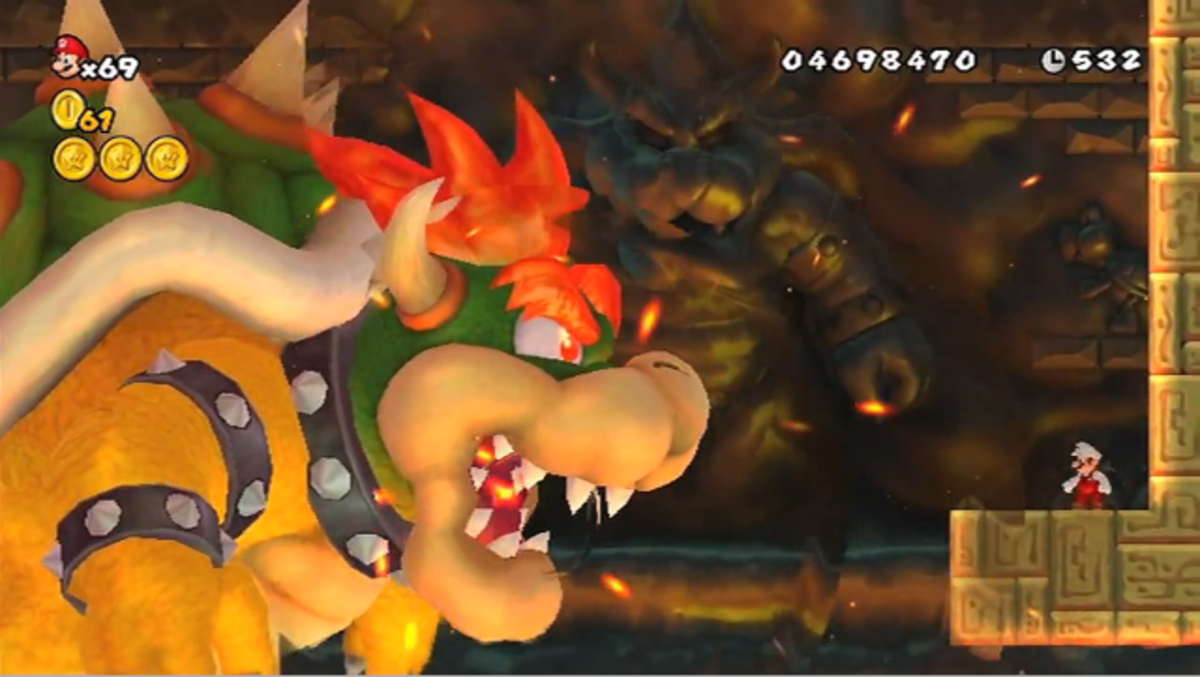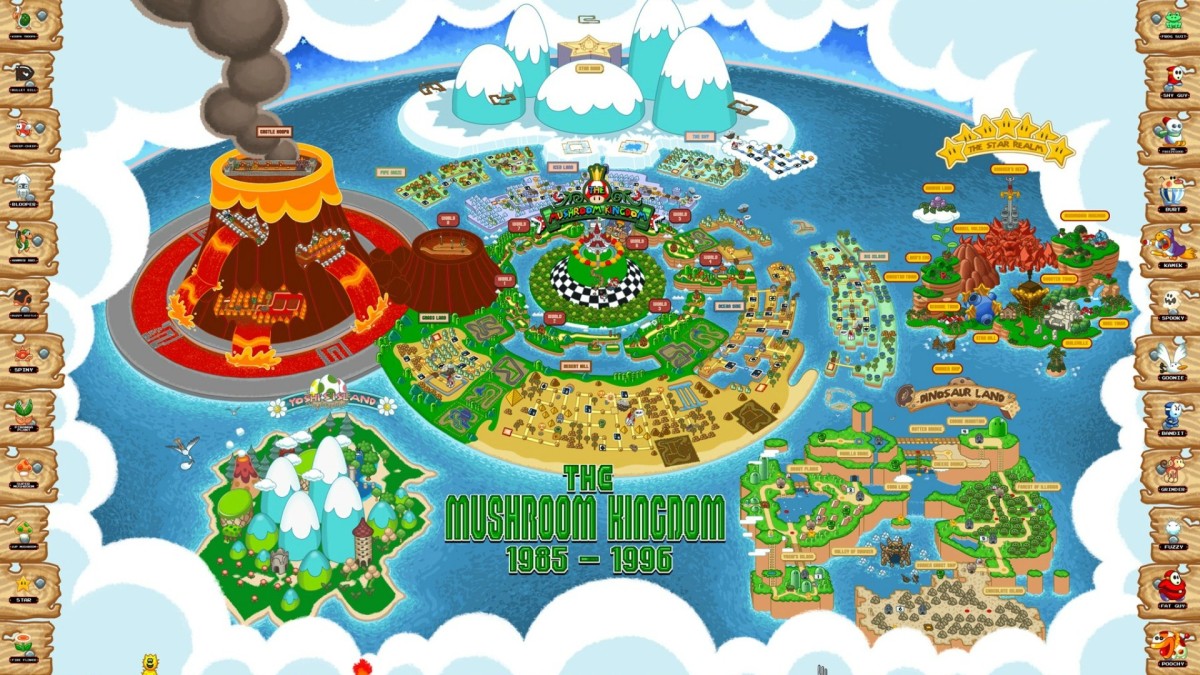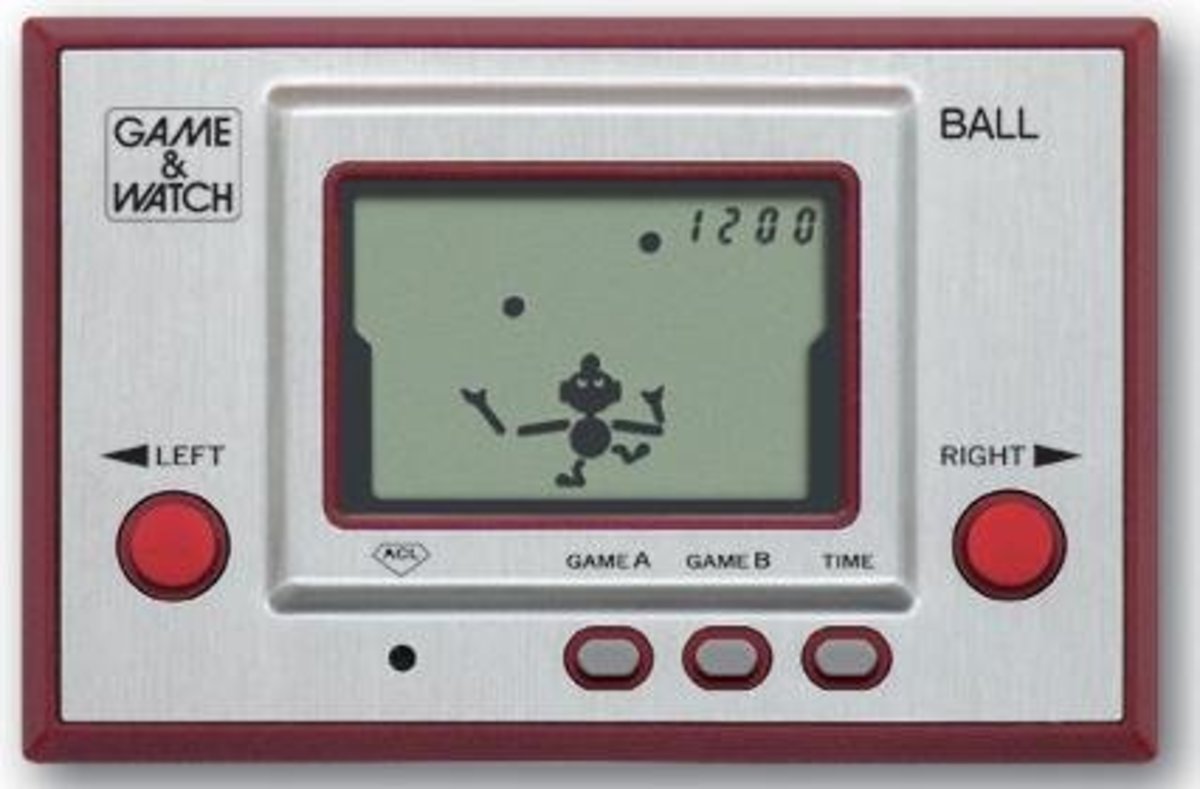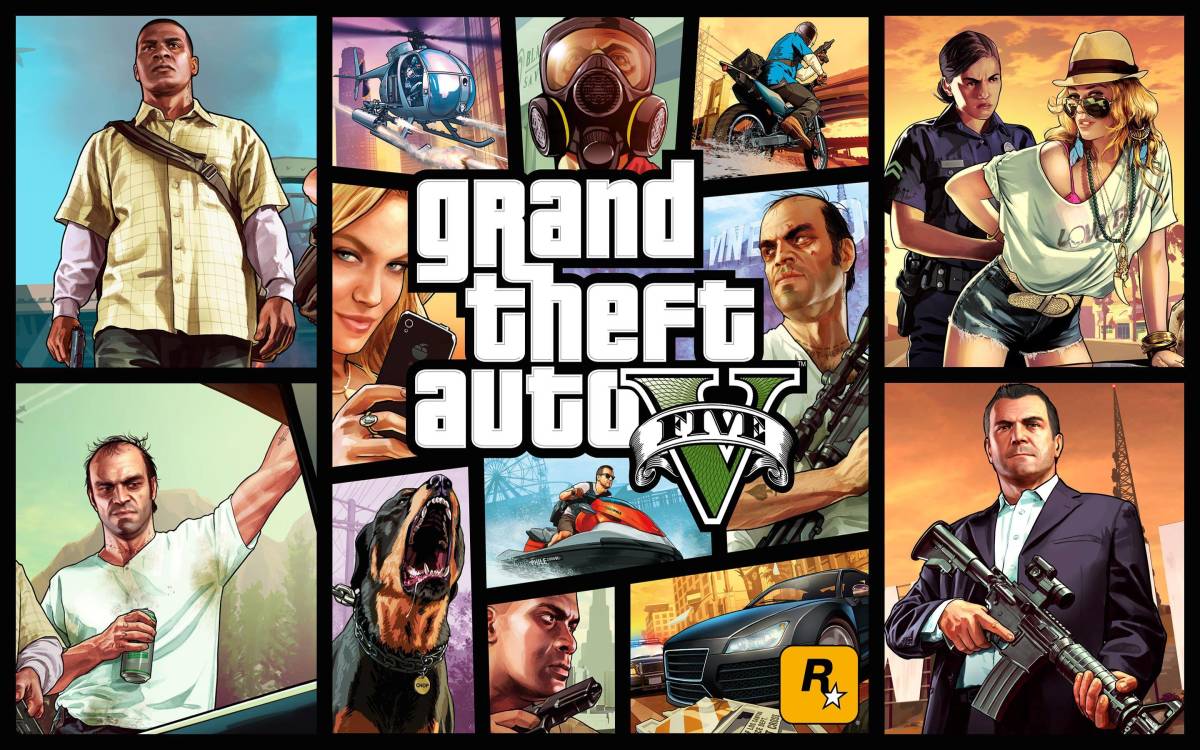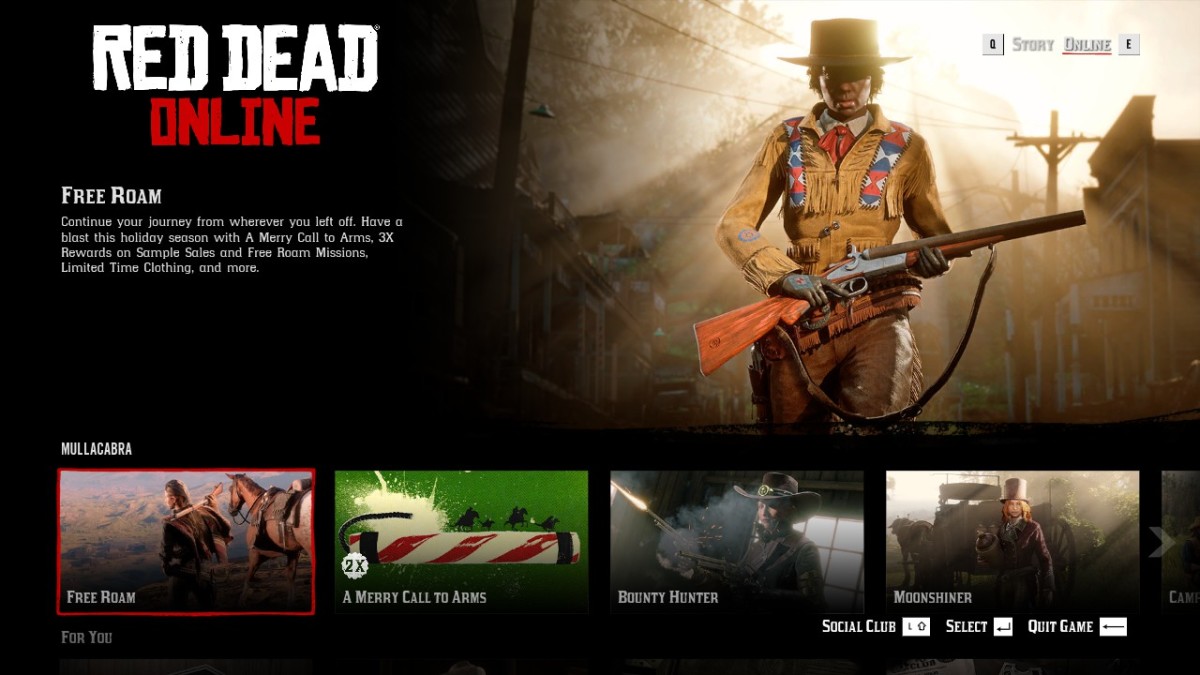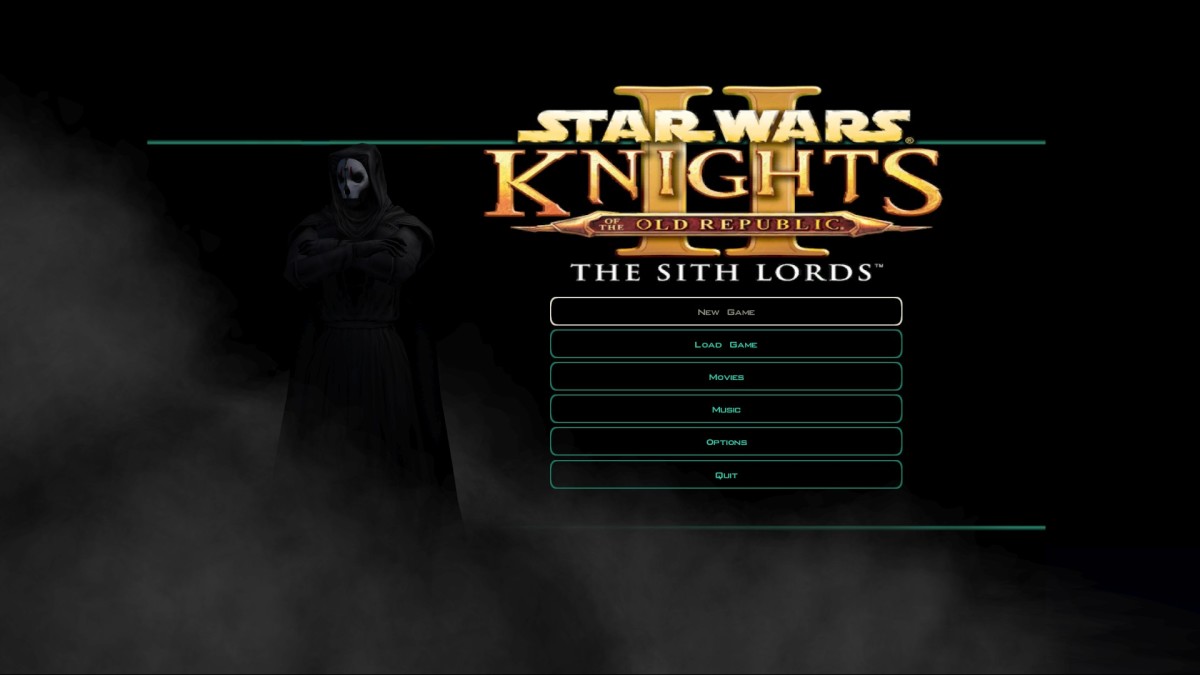Mario Party: What Made It Exciting
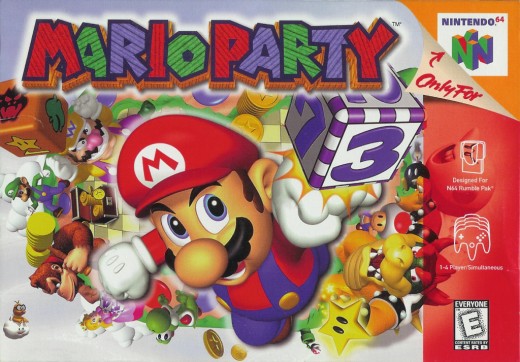
Revolutionary
With the success of Mario Kart 64 on the Nintendo 64, Nintendo saw that the Super Mario franchise could be expanded to other genres in the video game industry. Released in America in 1999 Mario Party for the Nintendo 64 was another attempt by Nintendo to expand the Super Mario franchise in new areas. With its board game setting, multiplayer capability, various mini-games, and fun atmosphere Mario Party was an exciting game that first-time buyers and players most likely enjoyed very much. The story was simple, with the playable characters arguing who was the best among them, so the game reflected the competitive nature the multiplayer function gave players in the real world. The board game setting made the game exciting because one could just step on a space and something could happen that could either make them a winner faster or put that person in last place, or potentially make other players who were ahead rank lower than other players by forcing them to give-up their earnings. Also, the mini-games that were in the original Mario Party were innovative for their time because it had the Super Mario characters in situations that the Super Mario franchise never tried before.
Simple Story
What made Mario Party a game that was easily enjoyed by players was its relatively simple story. One day in the Mushroom Kingdom Mario, Luigi, Princess Peach, Wario, Yoshi, and Donkey Kong were arguing who was the Super Star. Toad, the host of the Mario Party boards and guide for players, suggested that everyone should settle who was the Super Star by traveling through a Warp Pipe in Mushroom Village and go on an adventure. Whoever came out on top of those adventures would be considered the Super Star. After that introduction the player in the real world can begin playing Mario Party.
Like the intro sequence that played before actually playing Mario Party, players in the real world were most likely going to play this game thinking that either one of them would be the winner. Most of the players who picked-up this game most likely played the game was a competition. People would gather, start-up this game, pick their characters, and play through a board until one of the characters won. Once somebody did win, the winner would no doubt obtain bragging rights. And with the random nature of the boards, those bragging rights were justified.
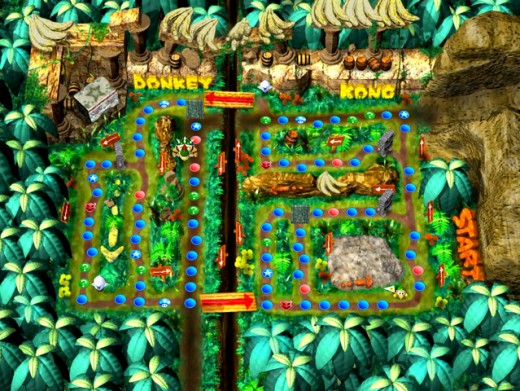
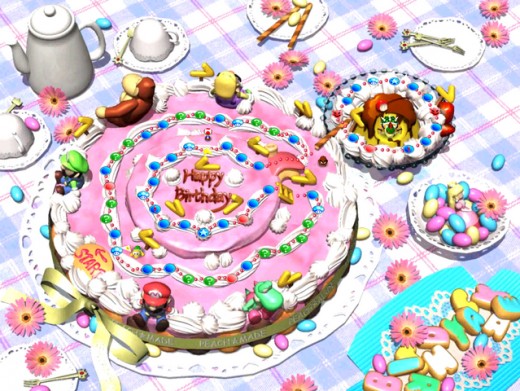
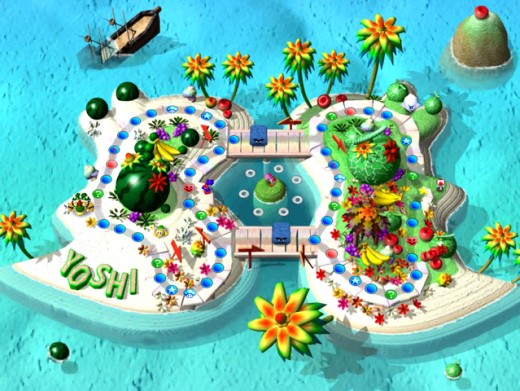
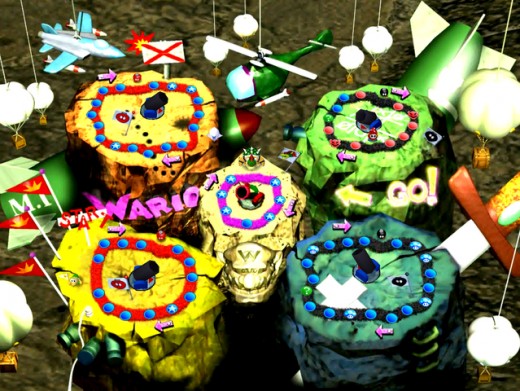
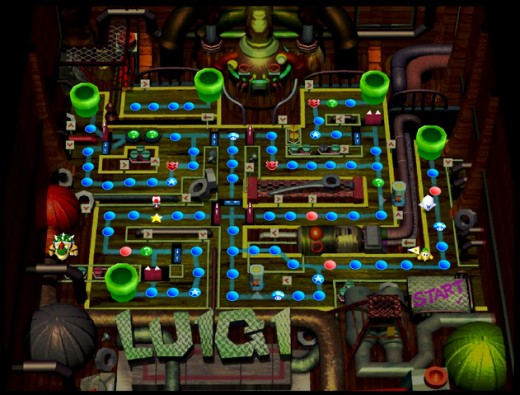

Boards
There were many boards in the first Mario Party game; some were available automatically, others players had to earn. The default boards were named were DK's Jungle Adventure, Peach's Birthday Cake, Yoshi's Tropical Island, Wario's Battle Canyon, Luigi's Engine Room, Mario's Rainbow Castle, the bonus board Bowser's Magma Mountain, and another bonus board named Eternal Star. As these names suggested, all of the default boards in Mario Party were named after the characters who were competing to be named the Super Star. The landscapes of the default boards also matched certain aspects of its named characters. DK's Jungle Adventure took place in a jungle since most of Donkey Kong's game have taken place in a tropical setting, Peach's Birthday Cake took place on an actual cake because Princess Peach offered to give Mario a cake in Super Mario 64, Yoshi's Tropical island referenced the 1998 game Yoshi's Story, Wario's Battle Canyon referenced his less-than-friendly personality, Luigi's Engine Room reference the industrial background of the Mario Bros., and Mario's Rainbow Castle referenced the Mushroom Kingdom in which a majority of the Super Mario franchise took place in. While these boards were different, all of them functioned the same. All four players had to pick which character they had to play. Then someone had to pick how many turns all the players had before the game was over. Next the four players determined who went first by rolling a dice and whoever got the highest number was first. Then the players had to cross the board and retrieve a star before the the chose amount of turns for every player ran out. When the game was over they player with the highest amount of stars acquired would be the winner. Occasionally there would be traps that had side-effects like players being forced to give-up coins that could have been used to acquire a star, divert players from using a path to acquire a star, or being forced to pay a toll to reach certain areas. However, one of the more appealing aspects about Mario Party was the mini-games.
Mini-games
As a party game Mario Party had to have mini-games for players to compete in to acquire coins to acquire a star. Fortunately, Mario Party had enough mini-games for all players. With twenty-four 4-players mini-games, ten 1-vs-3 mini-games, five 2-vs-2 mini-games, and ten single-player mini-games, the player was assured to have fun while playing. These mini-games basically had the players jump, bounce, memorize, dodge, and button-mash through various competitive games.
As this video displayed most of the mini-games required the characters to get into some hilarious situations. Apart from being part of a genre that the Super Mario franchise never made games for before the development of Mario Party, seeing some of the possible situations that Mario and company could possibly get into was pretty funny. The mini-games were fun, moderately difficult, and players had to have good hand-eye coordination to win some of these games.
A Good Game
Mario Party was incredibly innovative for its time. When it was released in 1999 in America, Nintendo never had a game that was in the party genre. However, with its simple story, various colorful game boards, and legitimately fun mini-games, Mario Party proved to be a major moneymaker for Nintendo. Players were also happy to buy Mario Party for real life parties since it made for good entertainment. Even for older players.


